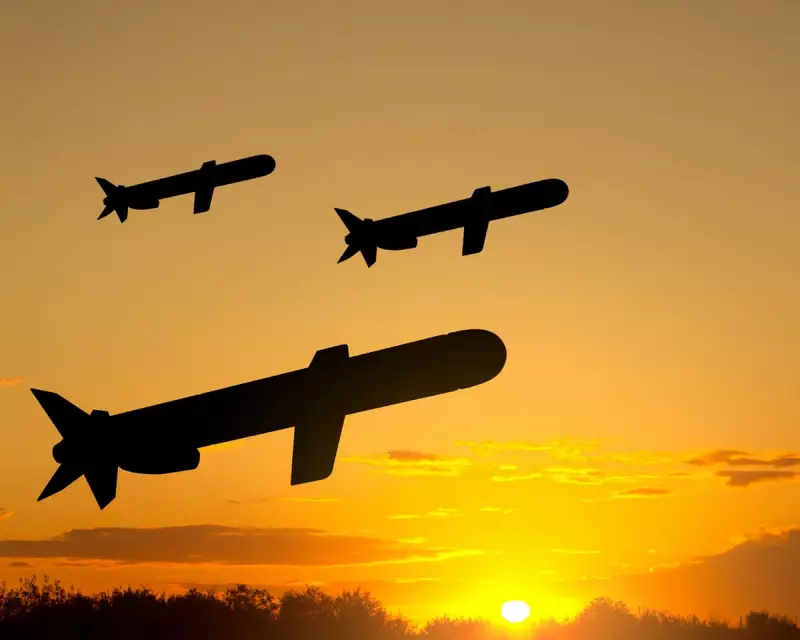
In the high-stakes chess match of modern warfare, Ukraine is making a bold move for one of the most formidable pieces in the arsenal of Western military technology: the Tomahawk cruise missile. This isn't just another weapon request; it represents a potential quantum leap in Kyiv's capability to strike deep behind Russian lines.
What Exactly Are Tomahawk Missiles?
Think of the Tomahawk as the scalpel to artillery's sledgehammer. These are not unguided rockets but sophisticated, subsonic cruise missiles capable of flying over 1,000 miles at tree-top level to deliver a 1,000-pound warhead with pinpoint accuracy. Their real power lies in their ability to be programmed with detailed terrain maps, allowing them to navigate complex routes and evade enemy air defences by skimming the landscape.
Why Ukraine Wants This Capability So Badly
The strategic value for Ukraine is immense. Currently, Ukrainian forces face significant limitations in striking high-value targets deep in Russian-occupied territory, including:
- Command centres and military headquarters far from the front lines
- Critical infrastructure supporting Russia's war effort
- Logistical hubs and supply routes previously out of reach
- Naval assets in ports like Sevastopol in occupied Crimea
The Political Minefield of Provision
While the military logic is compelling, the political landscape presents significant hurdles. The United States and other NATO allies have carefully calibrated their support to avoid escalation that might draw them into direct conflict with Russia. Providing weapons capable of striking deep into Russian territory crosses a psychological red line for Moscow.
Furthermore, each Tomahawk represents a substantial investment—approximately £1.5 million per missile—raising questions about cost-effectiveness compared to other weapon systems that could be supplied in greater numbers.
A Shifting Red Line?
The debate over Tomahawks reflects a broader pattern in Western support for Ukraine. Initially reluctant to provide advanced systems like HIMARS, Patriots, or F-16s, allies have consistently moved these 'red lines' as the conflict has evolved. The Tomahawk request tests the ultimate boundary: the capability to strike targets within Russia itself.
As one defence analyst noted, "The question is no longer if Ukraine will get longer-range weapons, but which ones and when." The Tomahawk represents the gold standard in this category, making it both the most desired and most politically sensitive option on the table.
The coming months will reveal whether Western capitals are prepared to take this final step in arming Ukraine, potentially altering the strategic balance of the conflict in ways that could force Moscow to recalculate its entire war effort.





